| |

By Ian Cushway, 28th November 2018
Rubber Soul
Perhaps you are completing your restoration, perhaps you have your eye on some new wheels, or maybe you’ve just worn out your current rubber...
Here are 10 need to know classic tyre facts
They’re black, need replacing every so often and there’s hopefully one at each corner – but here’s some more important things you might not know about your classic’s rubber...
1. The writing’s on the wall
You can tell a lot about a tyre from the markings on the sidewall. The most obvious bit of info is size, comprising of tyre section width in mm, the aspect ratio of section height to section width (as a percentage), tyre construction and wheel rim size in inches. So, in this example the width is 205, the aspect ratio 55, R is for ‘radial’ and the rim size is 16in. You’ll also be able to get the tyre’s speed and weight ratings as follows:
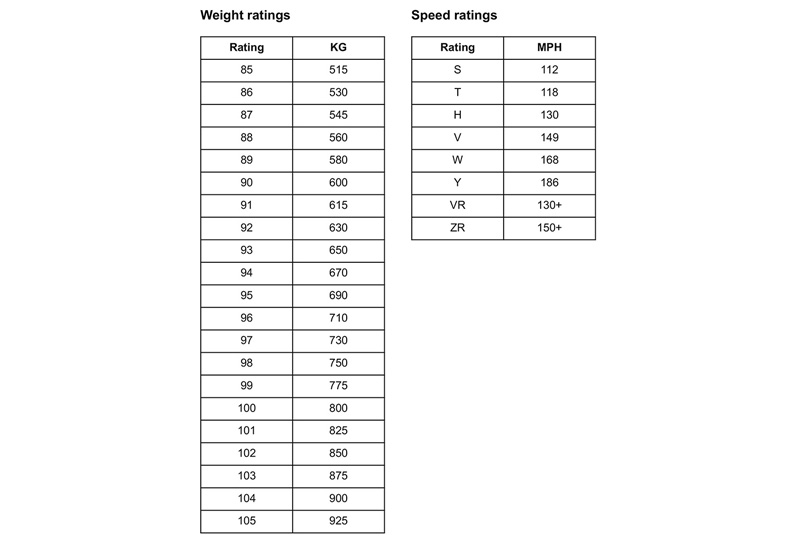
Look more closely and you’ll also be able to tell when the tyre was made. There will be two sets of numbers; the first pair relate to the week, the last two the year. New tyres should also carry a sticky EU label on the actual tread revealing its grippiness, fuel efficiency and noise levels.
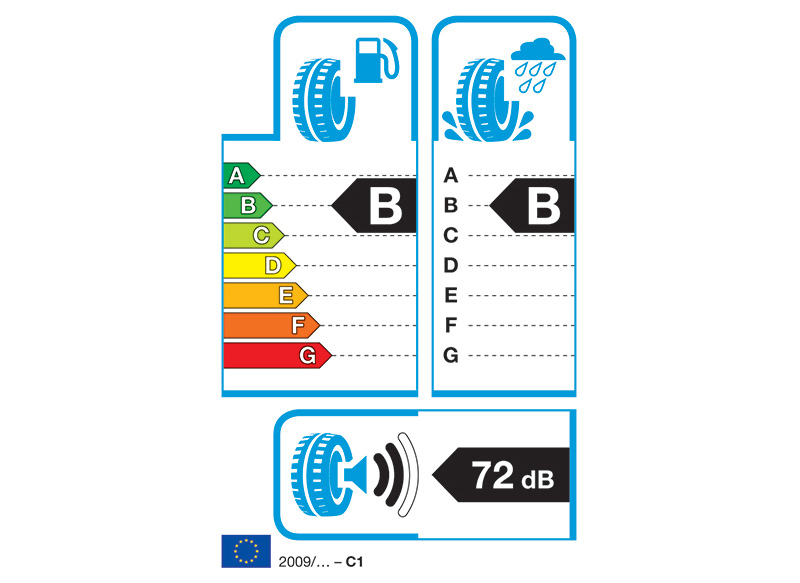
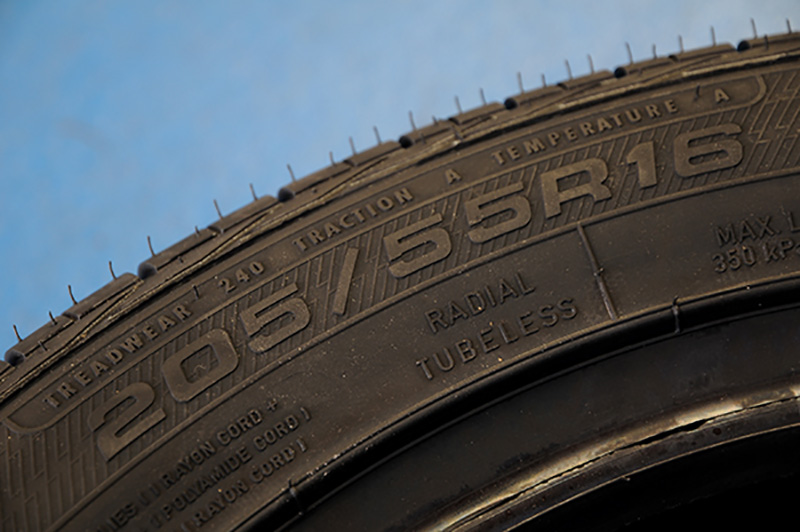
Credit: Image source - Ian Cushway 2018
2. It’s a date
As tyres age, there’s not only the risk of the sidewalls cracking or perishing, but also the rubber becoming brittle and losing its grip. What’s more, there’s elements in the rubber’s make up that make tyres that have stood around for a while age quicker than rubber that’s had regular use. As a rule, regardless of wear, tyres should be replaced after around five years, but it needs to be sooner for cars that have sat around in storage.
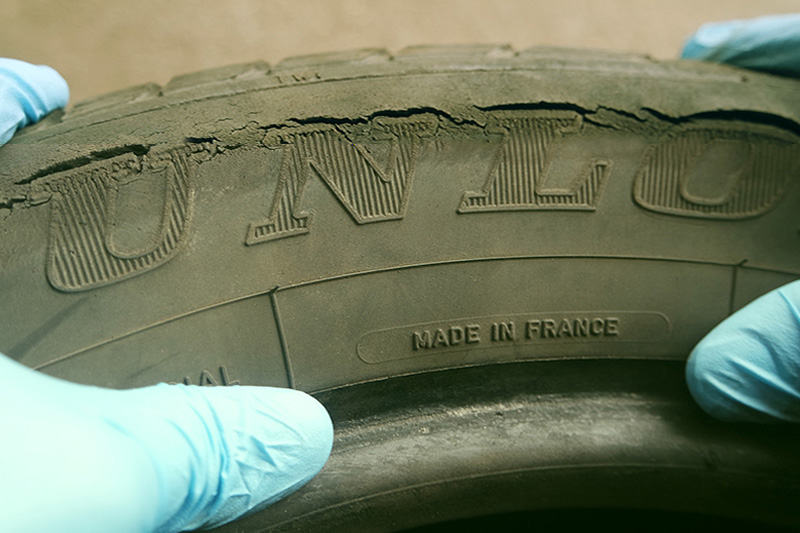
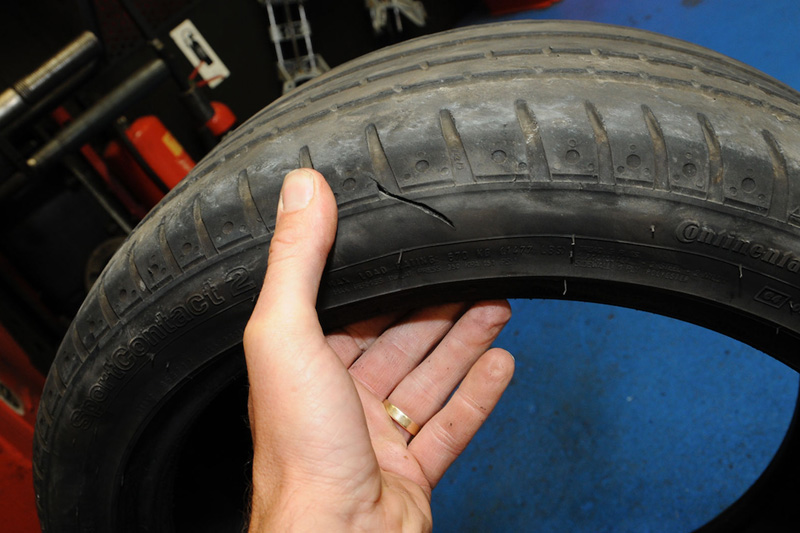
Credit: Image source - Ian Cushway 2018
3. What’s the damage?
Shelling out on new tyres isn’t always necessary if you get a flat. While tyres that have incurred damage or a puncture to the sidewall cannot be repaired, in most cases punctures in the tread area (specifically the central 60 per cent) can be saved by use of a patch. There are caveats, though – namely that the hole is no larger than 6mm in diameter and that the tyre hasn’t been driven very far, or indeed at all, while deflated. This is because the car’s load on a flat tyre will cause overheating and damage the sidewall structure. A tyre depot will be able to tell if there’s been any damage by the amount of rubber debris floating around inside when they take it off. The repair process has to be done to BS AU159 which involves the use of a bung to plug the hole; don’t be fobbed off by dodgy fitters who suggest fitting an inner tube.
Post puncture sealants can be used following a puncture, the sealant being injected via the valve and the tyre being re-inflated by a compressor or cylinder of compressed gas. Handy as a ‘get you home’ remedy, they aren’t a permanent repair.
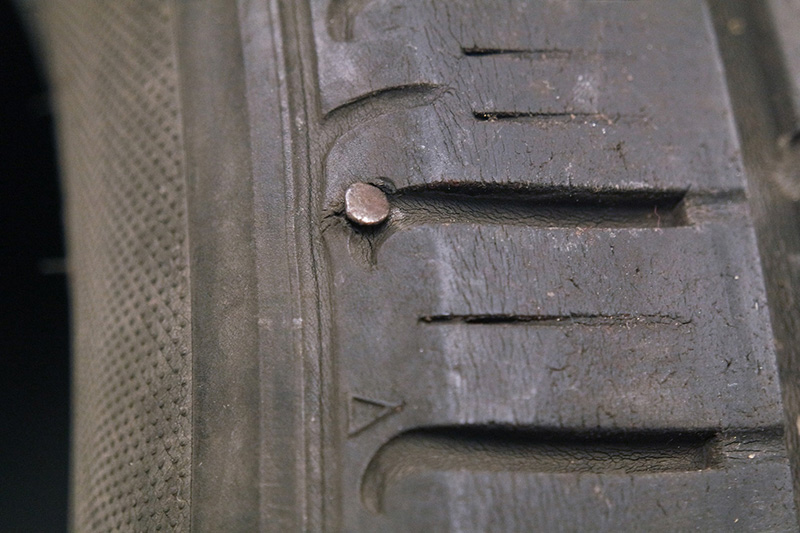
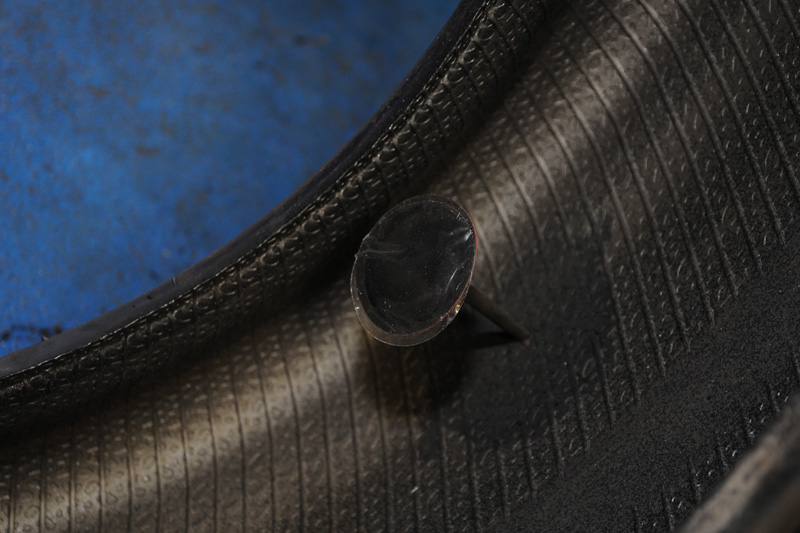
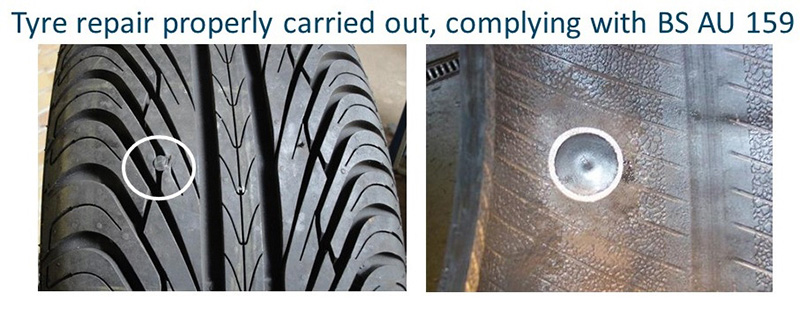
4. Tread carefully
Tyres are rarely the same when it comes to tread pattern, rolling diameter or rubber compound. Broadly speaking there are three tread types; symmetrical, direction and asymmetric. Symmetrical tyres can be fitted in any way on a wheel on any corner and were once standard fit on most cars. They’ve since been largely superceded by ‘directional’ tyres which have better wet weather performance but have to be fitted according to the directional arrows marked on the sidewall. Then there’s asymmetric tyres; once fitted the correct way on the rims (they will be marked ‘outside’ on the sidewall), they can be used on any side of the vehicle. Different sections of the tread can be tuned for different characteristics, so the outside edge can be good for handling and grip, the inner section for water irrigation to prevent aquaplaning. Whatever the tread pattern, the crucial bit of advice here is not to mix and match different tyre makes (or tread patterns) on the same axle because each will give slightly different handling characteristics.
5. Radial vs crossply
It’s easy to understand why owners of cars from the 1950s and ‘60s might want to upgrade from crossply to radial tyres to better cope with modern driving conditions, but this isn’t always the case. And here’s why. Crossply tyres have a 100 per cent aspect ratio – the sidewall’s height against its width – while the tallest radial is just 80 per cent. This means if the owner wants to switch to radials they will have to make do with a big gap around the wheelarch, fit a taller radial that fits the arch but is significantly wider or carry out suspension modifications to lower the car’s ride height.
6. Under pressure
We’re all guilty of not checking our tyre pressures regularly enough, despite knowing the effect this can have on tyre wear, handling and braking performance. However, the usual cause of gradual air loss is easy to identify and quick to remedy. Get a tyre depot to remove the tyre in question and inspect the inside of the rim edge; often corrosion here can cause an air leak. Get them to remove it with abrasive paper or a wire brush, and hey presto. No more slow flats!
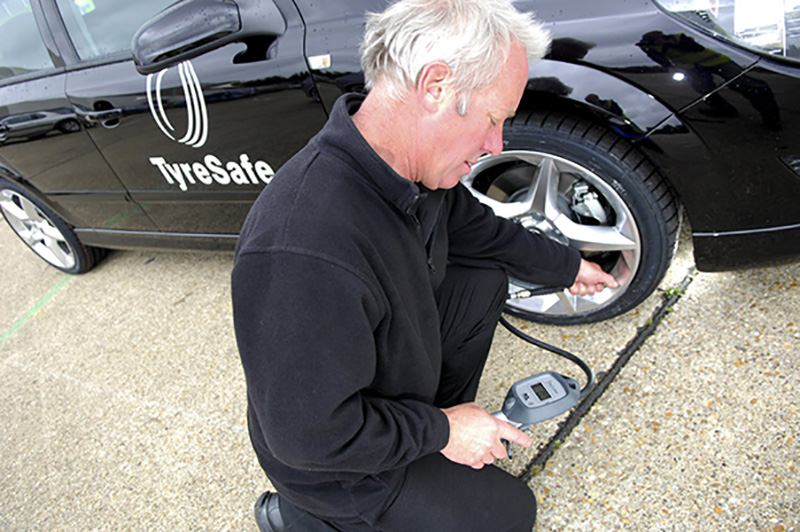
7. Second coming
One of the biggest potential pitfalls in the classic scene, assuming you can’t find the relevant date marking on the sidewall, is not knowing the precise age or history of a tyre. People usually want authenticity, or at least an authentic-looking tyre or type of tyre fitted to that vehicle when it was new, be it Dunlop, Firestone or Michelin. The moulds used by Dunlop, for instance, date back to 1925. The problem comes when buying second-hand tyres off the internet or at auto jumbles – tyres that were made 50 or 60 years ago look the same and may have a good tread but could prove potentially lethal. That’s why you should never buy an old stock or second-hand tyre without knowing its age and history as there could very well be a bad story attached to them. And anyway, with period-looking new tyres available, why would you?
8. Wearing it well?
You can determine how much meat’s left on a tyre by the relevant wear indicators, or more simply by checking there’s enough tread to cover the rim of a 20 pence piece. But if your tyres are wearing unevenly, then this points to other potential issues. Probably the biggest impact on tyre wear comes from either under or over inflation. Tyres that are too hard will wear in the centre, under inflated tyres will wear on the outer edge.
Car geometry could also be the cause of uneven wear. Worn suspension, or misalignment due to kerbing or hitting a pothole will accelerate wear on different parts of the tyre. Here’s an interesting fact; if your suspension is misaligned by 4mm (just 2mm per wheel), then for every mile you travel the tyre is being forced sideways by 8.4m on a car with 15in wheels.
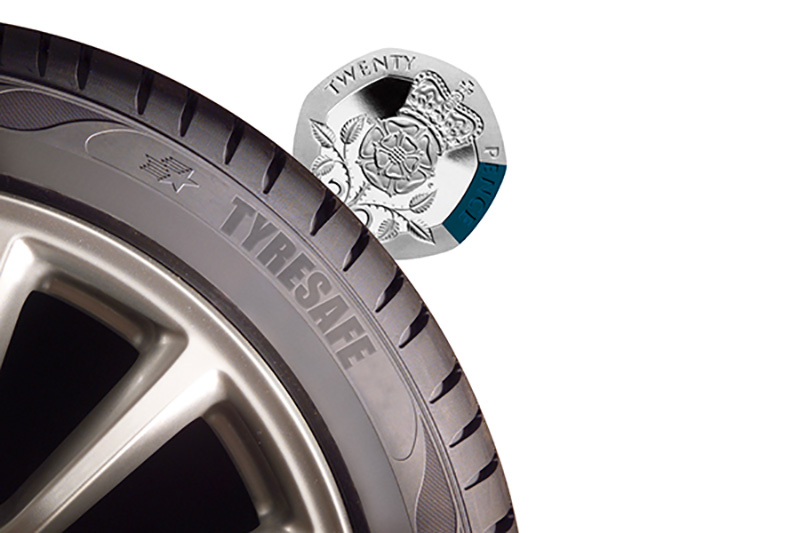
9. Winter warmers?
All-weather or winter tyres are becoming increasingly popular for owners keen on using their classics all year round. So how are they different? Well, they feature rubber compounds that contain a greater proportion of silica for grip when its cold as well as specific tread patterns with a large number of individual blocks and tiny sipes to disperse water and provide extra adhesion to the road in the wet, ice and snow. As a result, you’ll get better gip in these conditions – as well as enhanced braking performance.
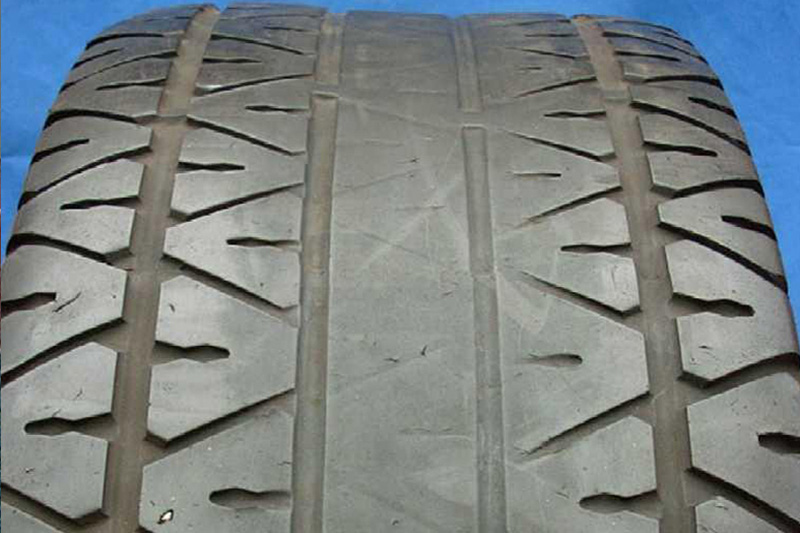
10. And finally...
Ask a club; rubber recommendations from owners of the same marque and model as yours can be invaluable – so if you need to replace your tyres, ask around to see what other people are buying. Not only that, but you’ll be able to see what they look like on the car. We know appearance isn’t everything, but if your car’s tyres have the right amount of tread and air inside, it’s a bonus if they look good too!
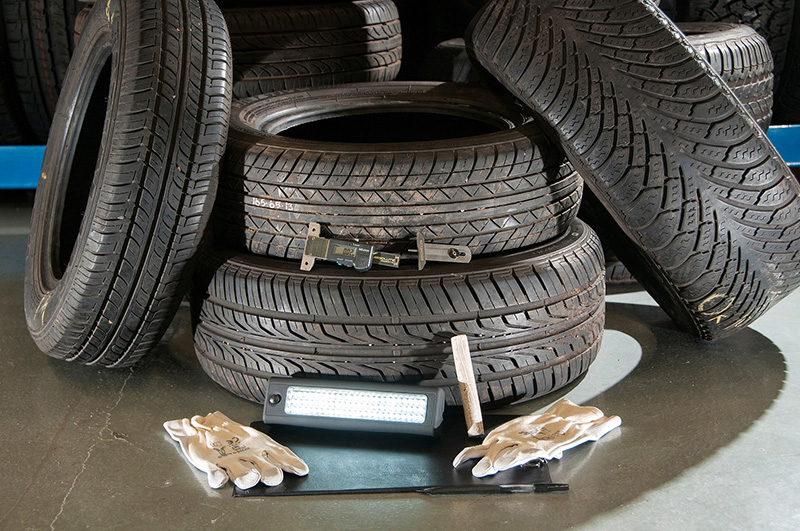

Keep up with all the latest from Moss on our social pages
|
|
















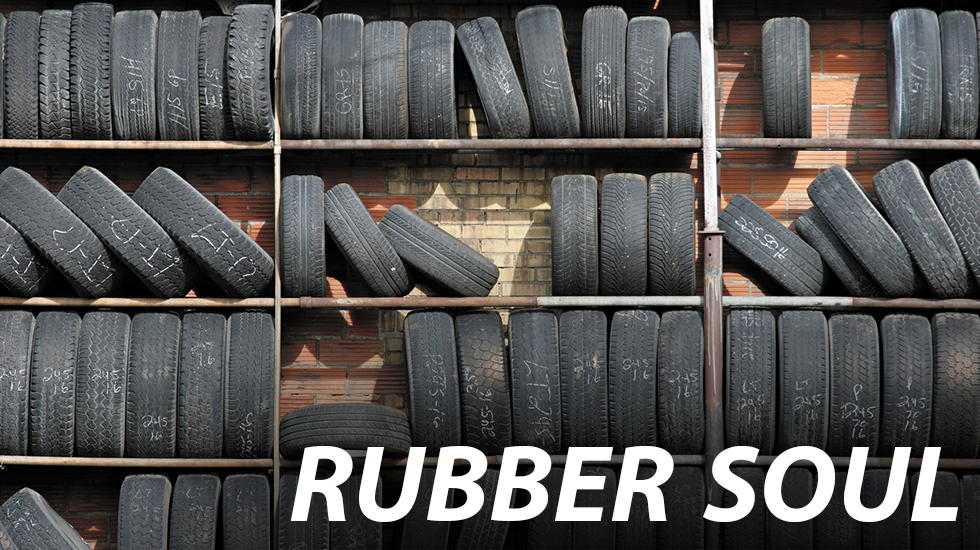



